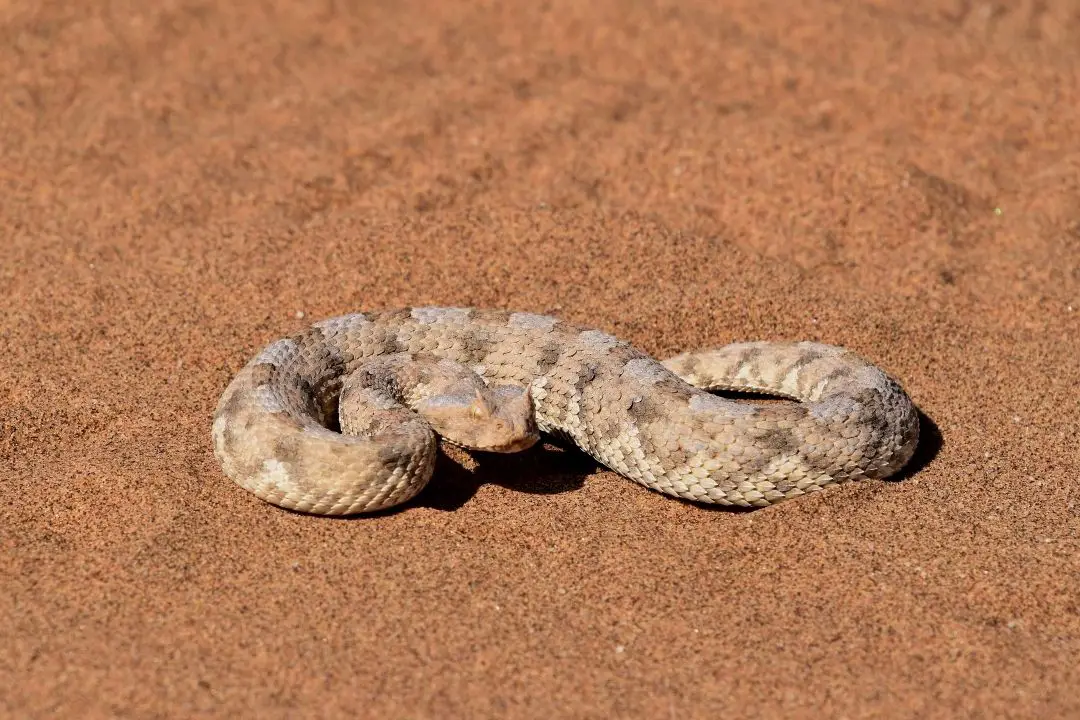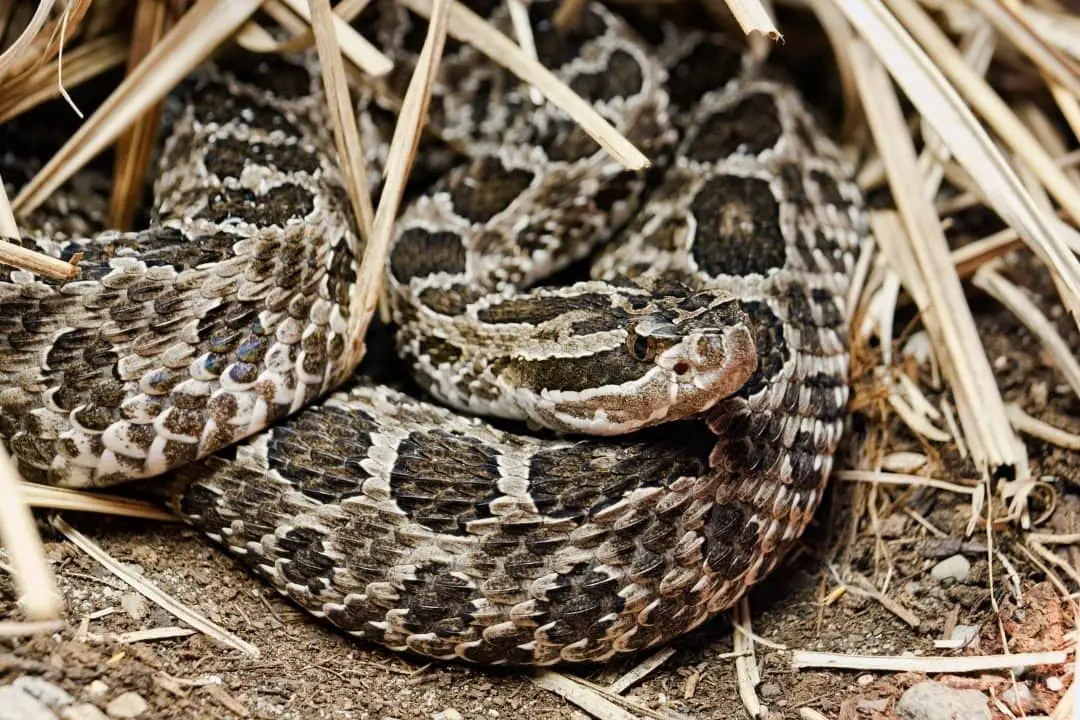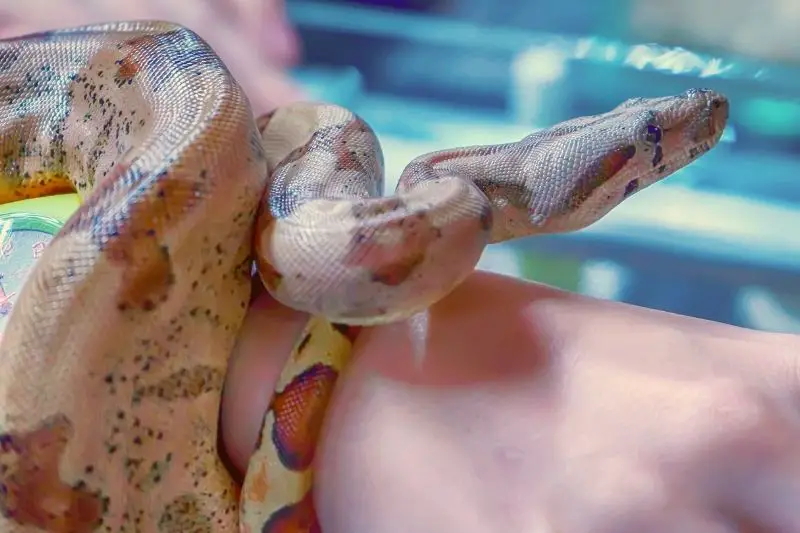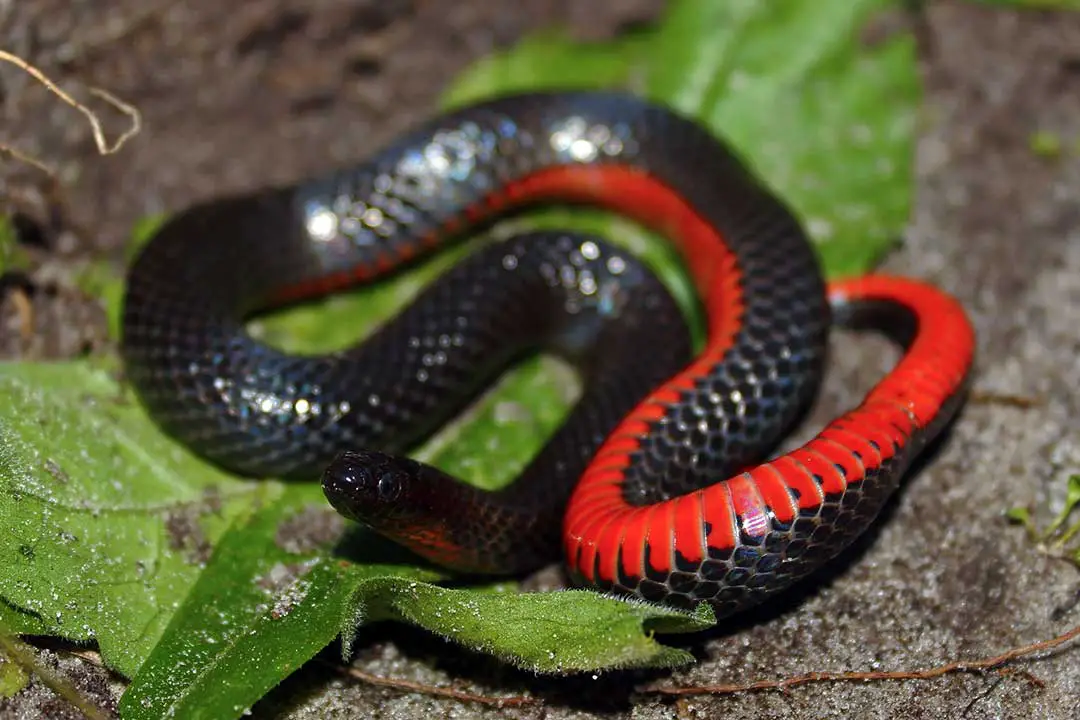Some snakes are slow ambush predators. Their strikes may be fast, but they move very slowly.
Other snakes are lighting fast. Generally, there are two categories of fast snakes: snakes that move fast and snakes that strike fast.
So which snake is the fastest in the world?
The sidewinder is the fastest moving snake on the planet. The fastest swimming snake is the yellow-bellied sea snake. The fastest strike belongs to the cottonmouth.
Fastest Snakes on Land
Many snake species are not particularly fast on land. Many snakes are ambush predators. They don’t need to be fast since they pick an area and wait for prey to come to them. The fastest snakes tend to be animals that are active predators.
Corn snakes, rat snakes, racers, and some venomous snakes fall into this category. These animals need to track down and kill prey.
For instance, many snakes that eat frogs and other amphibians are known to pursue their prey and consume it live.
Some like the ribbon snake will actually make false strikes to drive frogs and toads out of hiding. The snake then chases down the frog and eats it alive starting from the back of the animal.
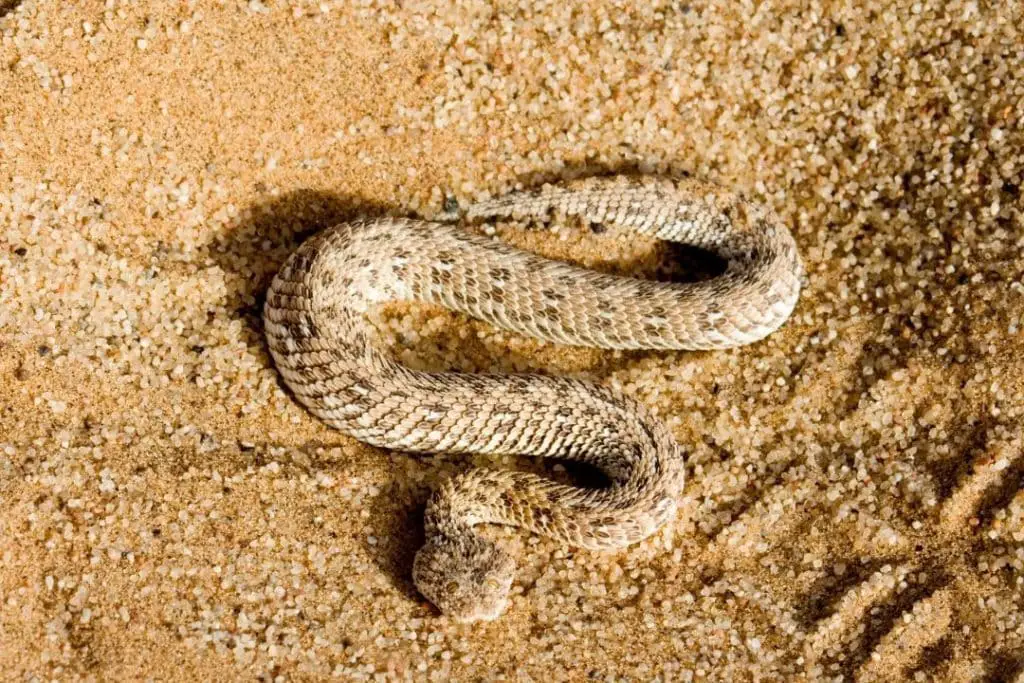
The fastest snake on land is the sidewinder (Crotalus cerastes). These venomous rattlesnakes are native to the United States and Mexico.
They live in sandy deserts in the southwest of the United States and parts of Baja California and around the Gulf of California in Mexico.
These snakes have a unique sideways movement that can propel them at up to 18 miles per hour over the sandy terrain of their native habitat.
They can cover large distances during the mating season, and young males tend to travel the furthest.
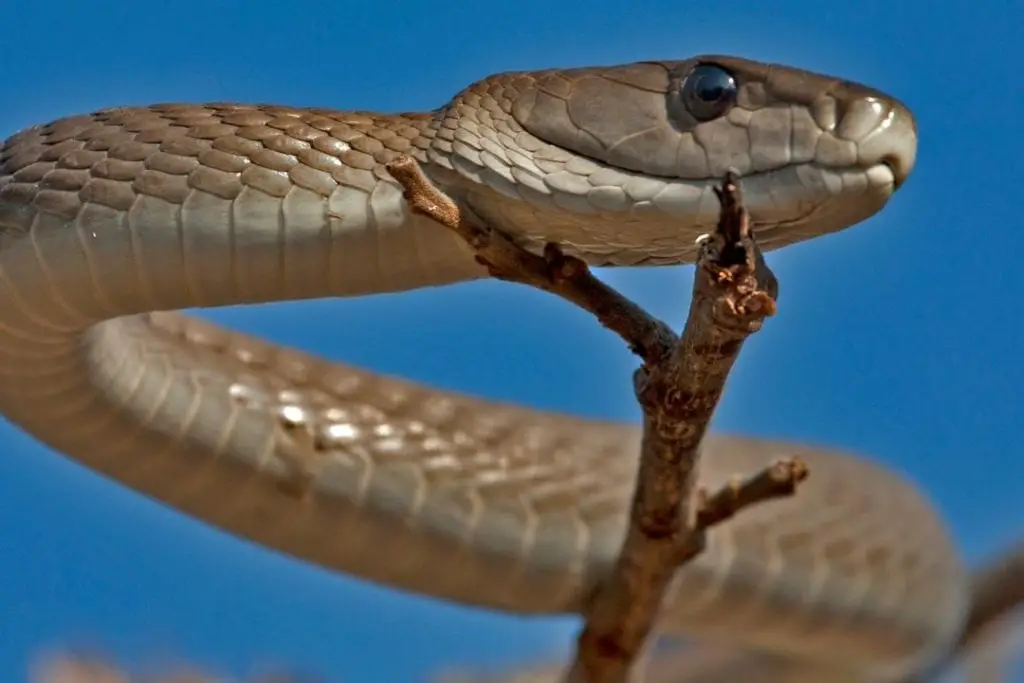
Other very fast snakes are frequently venomous. The black mamba (Dendroaspis polylepis) is considered to be the fastest snake in Africa with a top speed of around 12 miles an hour.
These highly venomous snakes are found over the south and east of sub-Saharan Africa. They can be found ranging from Eritrea all the way down to South Africa.
These snakes are known for their speed and potent venom. They are named for their black mouths that they use as part of their threat display.
They are typically not black on the body and will be some shade of brown or olive. While these snakes are frequently called the fastest snakes, they are not the absolute fastest snake on land.
Most snakes are not particularly fast compared to a human.
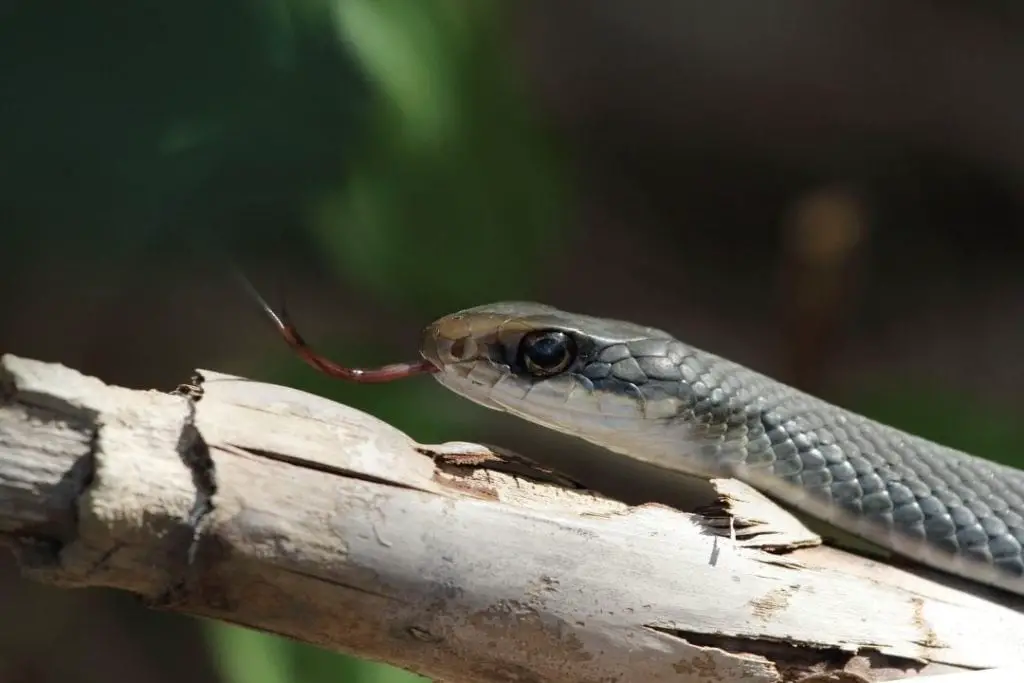
The common racer in North America (Coluber constrictor) is fast for a snake, but most animals can only make about 4 miles per hour.
This puts them at the pace of a fast walk or jog for a human. These snakes do rely on their speed and agility to catch prey and subdue it.
However, they cannot dodge fast predators like hawks that drop on them from above.
Fastest Snakes in the Water
Many species of snake can swim. Some species are either semi-aquatic or live their whole lives in the water. Yellow-bellied sea snakes (Hydrophis platurus) are considered the fastest swimmers.
They can reach a top speed of 2 miles an hour.
Like other sea snakes, they spend their whole lives in water. They are ambush predators that wait on the surface to catch fish passing below.
They are highly venomous but most bites are reported when trying to remove a snake from a net. They can be found throughout the Pacific Ocean.
They are unique since they rely on rainfall or access to land to drink since they cannot drink seawater. Some snakes swim faster than they can crawl.
For instance, many large pythons and boas like reticulated pythons, Burmese pythons, and anacondas are known for being quick in the water. These species have been seen swimming in the wild and many anacondas are found in the water.
Fastest Strike
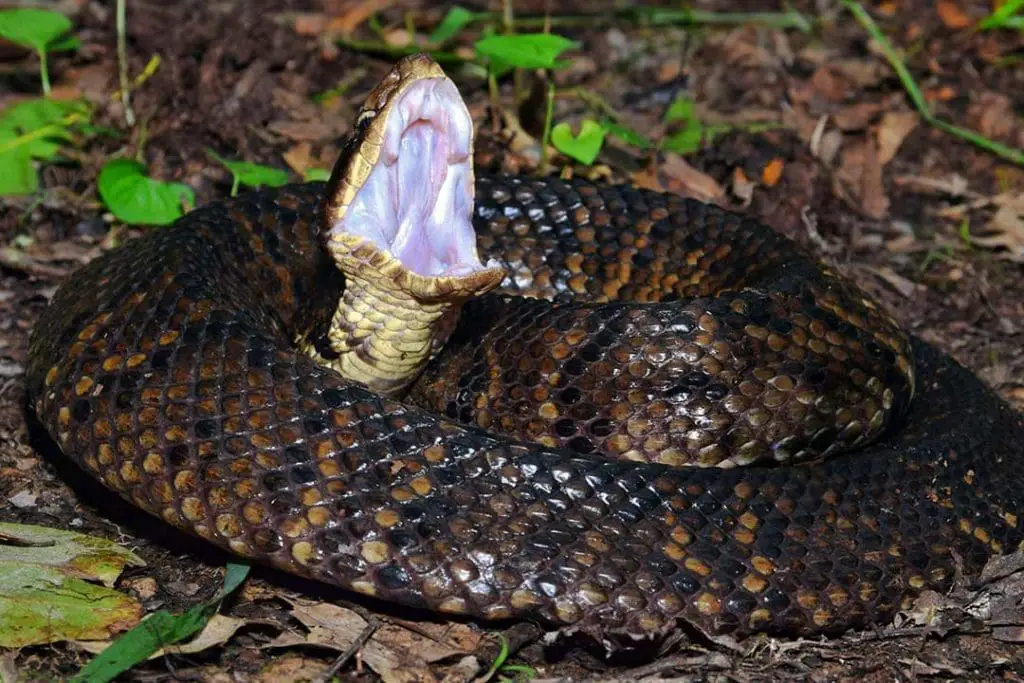
Many snakes have a fast strike. Ambush predators like ball pythons, Burmese pythons, and rattlesnakes all need to be fast to catch a meal.
Many venomous snakes are also fast. Vipers are widely considered to have the fastest strikes. These include snakes like rattlesnakes and cottonmouths.
However, a recent study found that the nonvenomous Texas ratsnake (Pantherophis obsoletus) was found to have strike speeds that matched the strikes of a Western cottonmouth (Agkistrodon piscivorus) and the Western diamondback rattlesnake (Crotalus atrox).
All three species had similar velocities when their size was accounted for. All three species strike so quickly that there is no time for a mammal to react.
Their strikes hit in 50-90 milliseconds. It takes from 14-151 ms for a mammal to activate its muscles and 60-395 ms for there to be observable movement.
This means that any of these species can strike faster than mammalian prey or predators can react. This helps them catch mammalian prey more easily and also helps them drive off potential predators.
The exact number for non-mammalian animals is not referenced in the study so it is unknown if the strike speed helps with dealing with non-mammalian predators and prey.
While all three species will eat mammals, cottonmouths tend to prefer aquatic prey such as fish. Their predators are frequently mammals.
Many venomous snakes including the cottonmouth rely on a fast strike and envenomation to catch prey. They typically also release the prey, back off, and seek the prey animal out again to eat it once the venom has weakened the prey.
This is a common strategy in venomous snakes. A fast strike and then release keep the snake away from potentially dangerous prey and reduce the risk of injury.
Conclusion
We hope this has taught you a bit about the fastest snakes. Most snakes can’t move much faster than a human, but they are very agile.
This can make them seem much faster than they are.
If you have any questions or comments, please leave them below. If you know of any fast snakes, we would love to hear about them.
